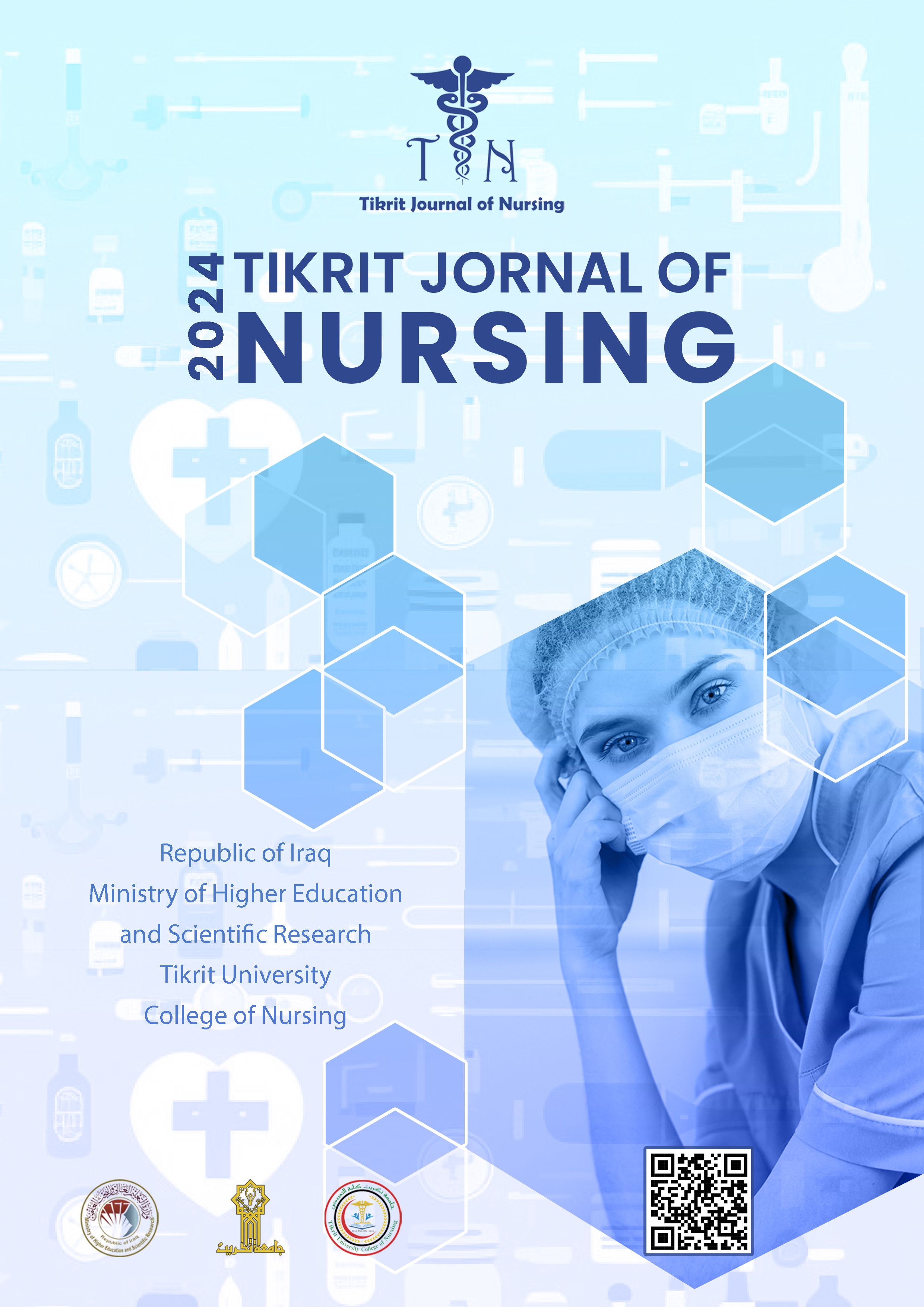Barriers to Participate in Early Screening of Breast Cancer Among Adolescent Attending Primary Health Care Centers in Diwaniyah City
Keywords:
Breast cancer-breast cancer screening, Adolescent, BarriersAbstract
Globally, The WHO recommends that breast cancer be treated as the most frequent cancer in women.; early breast cancer detection is the most important measure to reduce mortality and complications. Many studies have been indicated that several barriers exist for participation to early screening of breast cancer.
Methods: Descriptive study design was conducted in primary health care centers in Diwaniyah City from the period of 1stNovember (2022) to 1st February (2023) in order to identify barriers affecting adolescent participation in breast cancer screening. A non-probability convenience sampling) consists of 200 adolescent attending primary health care centers in Diwaniyah city. The selection of the sampling was based on the study criterion and the patients consent. The data were collected through the use of a constructed copy of the questionnaire through the use of interviewing technique, the questionnaire consist of two parts. Part (1) related to socio-demographic and medical data; part (2) related to barriers affecting women to perform breast examination and mammography.
Results the present study revealed that most common barriers related to perform breast examination include; don't know how to do breast exam (M.S=2.30), cannot remember to make breast exam (M.S=2), fearing from being diagnosed with breast cancer (M.S=2), lack of enough time to perform the breast self-exam (M.S=2), do not check because no one from their family has had cancer (M.S=2.11), and do not check because they leave the condition on the God (M.S=2.27). On the other hand; several barriers related to preforms mammography that include; don’t know anything about the mammography test (M.S=2.22), don’t have any symptoms or problems with their breasts (M.S=2.36), don’t have any family history of breast cancer (M.S=2.23), afraid of having malignant in their breast (M.S=2) , do not like to visit doctors (M.S=2), refused to be examined by a male doctor (M.S=2.22), cannot remember to have mammography (M.S=2.22), and participants have more important problems than mammography (M.S=2).
Concludes: The most common barriers to performs mammography are don’t know anything about the mammography test, don't have to do mammography because they don’t have any symptoms or problems with their breasts, don't have to do a mammography because they don’t have any family history of breast cancer, don’t like to visit doctors especially male doctors, and refuse to be examined by them, fear of mammography because they are afraid of finding malignant in their breasts, and they have more important things to deal with than doing mammography examination, and do not remember to make an appointment to do mammography.
Downloads
References
Zavare, M., Juni, M., Ismail, I., Said, S., and Latiff, L. (2015). Barriers to breast self-examination practice among Malaysian female students: cross sectional study. Springer Plus, 4:692. DOI 10.1186/s40064-015- 1491-8.
Smeltzer, S., Bare, B., Hinkle, J., and cheever, K. (2010). hand book for Brunner and Suddarth’s textbook of medical – surgical nursing. 12 th edition. philadephia: Lippincott Willims and Wikins .970
Ismail, G., Abd El Hamid, A., and Abd ElNaby, A. (2013). Assessment of Factors that Hinder Early Detection of Breast Cancer among Females at Cairo University Hospital. World Applied Sciences Journal, 23 (1), 99-108. DOI: 10.5829/idosi.wasj.2013.23.01.73124.
Mamdouh, H., El-Mansy, H., Kharboush, I., Ismail, H., Tawfik, M., El-Baky, M.,and El Sharkawy, O. (2014). Barriers to breast cancer screening among a sample of Egyptian females. Journal of Family and Community Medicine, 21 (2), 119-124.DOI:10.4103/2230- 8229.134771.
Al-Dubai, S., Ganasegeran, K., Alabsi, A., and Manaf, M., Ijaz,S.,and Kassim, S. (2012). Exploration of Barriers to Breast-Self Examination among Urban Women in Shah Alam, Malaysia: A Cross Sectional Study. Asian Pacific journal of cancer prevention: APJCP, 13(4), 1627- 1632.
DOI:10.7314/APJCP.2012.13.4.1627.
Deshpande, A., Sefko,J., Jeffe,D., and Schootman, M. (2011). The association between chronic disease burden and quality of life among breast cancer survivors in Missouri. Breast Cancer Res Treat, 129(3), 877–886. Doi: 10.1007/s10549-011-1525-z.
Ersin, F., and POLAT, P. (2016). Examination of factors affecting women’s barrier perception to participate in breast Cancer screenings in a region affiliated with a family health center in Turkey. Turkish Journal of Medical Sciences, 46,1393-1400. Doi:10.3906/sag-1502-89.
Jovicevic, A., Ristic, S., Mandic, V., Jovicevic, D., Rajovic, T., Rundic, S., and Pekmezovic, T. (2018). Factors influencing participation in breast cancer opportunistic screening in Belgrade, Serbia. official journal of the Balkan Union of Oncology, 23(3): 706-712.
Downloads
Published
Issue
Section
License

This work is licensed under a Creative Commons Attribution-NonCommercial 4.0 International License.


